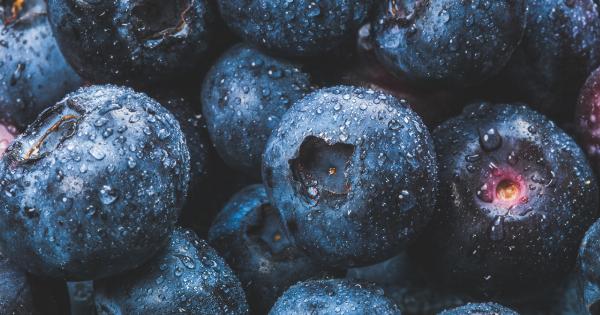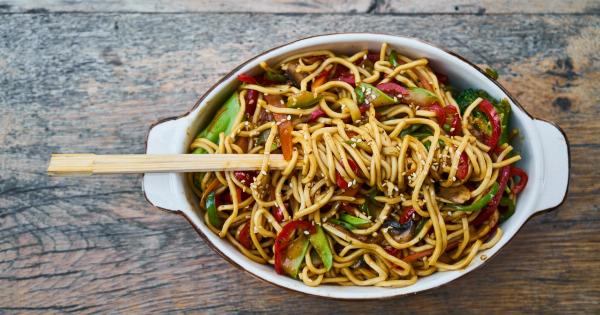Cholesterol is a waxy substance found in your blood. While it is necessary for the body to function properly, high levels of cholesterol can increase your risk of heart disease and stroke.
The good news is that you have control over your cholesterol levels through the foods you eat. In this article, we will explore the foods that can raise and lower your cholesterol levels, giving you the knowledge to make informed dietary choices.
Foods that Raise Cholesterol Levels
1. Saturated Fats.
Saturated fats are known to increase your LDL (low-density lipoprotein) cholesterol levels, often referred to as the “bad” cholesterol.
These fats are commonly found in animal products such as red meat, poultry with skin, butter, cheese, and full-fat dairy products. To lower your cholesterol levels, it is advised to limit your consumption of saturated fats.
2. Trans Fats.
Trans fats are artificial fats that are created during a process called hydrogenation.
These fats not only increase LDL cholesterol levels but also decrease your HDL (high-density lipoprotein) cholesterol, often referred to as the “good” cholesterol. Trans fats are commonly found in fried foods, processed snacks, and commercially baked goods. To maintain healthy cholesterol levels, it is important to avoid trans fats as much as possible.
3. High Cholesterol Foods.
While cholesterol in our diet contributes to only a small portion of our overall cholesterol levels, it is still advisable to limit the consumption of foods that are high in cholesterol. These include organ meats, shellfish, and egg yolks.
If you have high cholesterol levels, it is recommended to consult with a healthcare professional to determine your individual dietary needs.
Foods that Lower Cholesterol Levels
1. Soluble Fiber.
Soluble fiber plays a crucial role in reducing LDL cholesterol levels. It can be found in foods such as oats, barley, legumes, and certain fruits and vegetables.
Including a variety of soluble fiber-rich foods in your diet can help lower your cholesterol levels and promote heart health.
2. Omega-3 Fatty Acids.
Omega-3 fatty acids, especially those found in fatty fish like salmon, mackerel, and sardines, can help reduce your triglyceride levels and lower your risk of heart disease.
If you’re not a fan of fish, you can also obtain omega-3s from other sources like flaxseeds and walnuts.
3. Plant Sterols and Stanols.
Plant sterols and stanols are compounds naturally found in plants that can help block the absorption of cholesterol in the digestive system.
They are often added to margarines or spreads, but can also be obtained from foods like fruits, vegetables, nuts, and seeds.
4. Healthy Fats.
While it is important to limit saturated and trans fats, including healthy fats in your diet can actually help improve your cholesterol profile. Foods rich in healthy fats include avocados, olive oil, and nuts.
These fats can raise your HDL cholesterol levels while lowering your LDL cholesterol levels.
Conclusion
By understanding which foods can raise and lower your cholesterol levels, you can take control of your heart health.
Limiting saturated and trans fats, consuming foods high in soluble fiber, omega-3 fatty acids, plant sterols, stanols, and healthy fats can make a positive impact on your cholesterol levels and reduce your risk of heart disease. It is important to work with your healthcare provider to determine the most appropriate diet based on your individual needs.






























